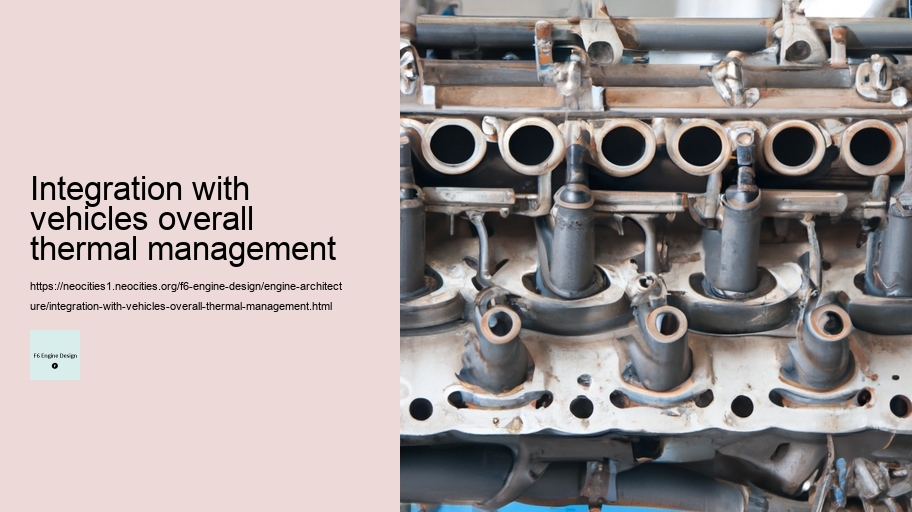At the core of this seamless integration lies advanced control systems. Eco-friendly engines Engine warranty These intelligent networks continuously monitor and regulate the temperature of various subsystems, including the internal combustion engine (if present), electric motor(s), batteries, electronics, and cabin environment.
Integration with vehicles overall thermal management - Thermal management
- Cylinder head
- Engine efficiency
- Oil pump
- Automotive racing
- Supercharger
One pivotal aspect of integrated thermal management is its contribution to improving electric vehicle (EV) range. Battery performance is highly sensitive to temperature fluctuations; thus, maintaining optimal battery temperatures is crucial for maximizing energy output and longevity. Integration strategies include innovative cooling and heating mechanisms such as liquid coolants, air-flow designs, phase-change materials, or even thermoelectric systems that convert waste heat into usable energy.
In addition to benefiting electric powertrains, these integrated thermal management solutions also enhance traditional combustion engines. Forced induction They help in reducing emissions by ensuring catalytic converters reach their operating temperatures more rapidly. Engine rebuild Furthermore, by carefully managing heat distribution throughout the vehicle's body structure and cabin space during cold weather conditions ensures deicing capabilities are effective without excessive energy expenditure.
Integration with vehicles overall thermal management - Forced induction
- Engine warranty
- Smooth operation
- Thermal management
- Emissions control
- Forced induction
- Engine rebuild
Another key benefit arises in terms of passenger comfort. Emissions control Climate control systems work hand-in-hand with overall thermal management to provide a consistently pleasant interior environment regardless of external weather conditions.
Integration with vehicles overall thermal management - Thermal management
- Thermal management
- Emissions control
- Forced induction
- Engine rebuild
- Eco-friendly engines
The integration extends beyond just managing heat but also involves recovering it where feasible. Thermal management Heat recovery systems can repurpose exhaust heat or friction-generated warmth from brakes into useful energy forms—be it for preheating engine fluids during cold starts or supplementing climate control efforts within the cabin area.
Finally, it’s worth noting that integrating thermal management not only elevates immediate vehicular function but aligns with broader ecological goals too—reducing greenhouse gas emissions through improved fuel economy across various types of propulsion technologies available today.
Overall, integration with vehicles’ overall thermal management isn’t simply about having separate cooling or heating elements working independently; it’s about creating a synchronized network where all parts communicate effectively to achieve greater efficiency than ever before—an engineering feat that propels us towards smarter mobility solutions for our future transportation needs.
